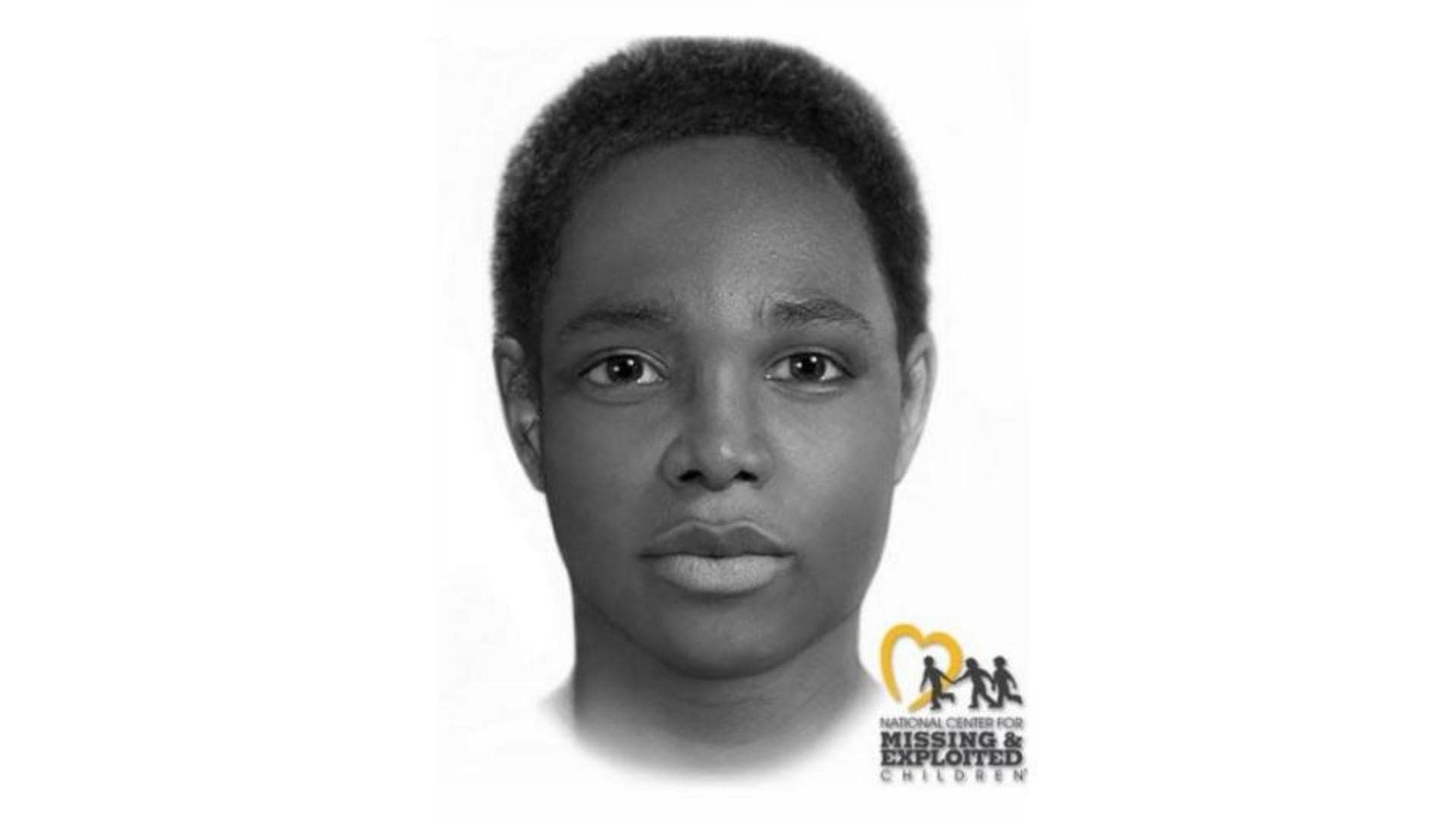Cold case detectives in Michigan are working every day to identify a murder victim who has gone nameless for nearly 55 years in West Olive.
A partnership with the DNA Doe Project has identified some distant relatives of the still unidentified victim of a 1967 murder.
“We’ve come leaps and bounds from where we started,” said Detective Sara Fillman. “It may seem from the outside like nothing has changed, but several times a month we get a tidbit that gets a hi-five and a yahoo because it’s a bit of information that we didn’t have before.”
The woman, whose body was found in a wooded area in Blendon Township on Oct. 20, 1967, was nicknamed “Jenny” by detectives. A medical examiner determined she had died of strangulation up to a week before her body was found.
Her body was exhumed by the Ottawa County Sheriff’s Office in July 2020 and sent to a Michigan State University Department of Forensic Anthropology laboratory.
“We didn’t know when we started whether it would yield anything,” said Capt. Jacob Sparks.
MSU’s researchers examined her remains, but the results were “not as conclusive as we had hoped.”
The range of possible ages for the victim, previously thought to be between 17 and 22, has been expanded to “somewhere between a teenager and a 35-year-old,” Fillman said, “quite a broad age range.” The MSU researchers found that parts of her body were in different stages of development, leading to the uncertainty about her age.
Ottawa County sent some samples to the FBI, but the sample was too degraded to obtain a DNA profile.
The detective team turned next to the DNA Doe Project, a nonprofit organization powered by volunteer genealogists.
“A private lab was able to successfully obtain a DNA profile through a different process,” Fillman said.
The DNA Doe Project uses existing databases of DNA profiles, submitted by users of direct-to-consumer DNA test kits, to find relatives who share some of the same DNA profile as the unidentified person. As they get closer in kinship relationships to the victim, the DNA Doe Project volunteers provide law enforcement with the “closer” relatives names so they can conduct interviews.
This relatively new law enforcement technique, genetic genealogy, is now in use across the U.S. solving old crimes, perhaps most famously identifying the Golden State Killer several years ago.
Closer to home, genetic genealogy was the technique that led Norfolk, Va., detectives to Hamilton man Dennis Bowman in their investigation of a 1980 murder.
After his arrest in that case, he made a confession from jail about the whereabouts of his missing daughter’s body and Allegan County law enforcement were able to convict Bowman of the 14-year-old girl’s 1989 murder a few months ago.
So far, though none of the potential relatives of Jenny contacted by Ottawa County detectives have known of a missing family member, it feels like progress. Part of the difficulty is that with a 55-year-old case, fewer relatives are likely to be alive who might remember Jenny or remember hearing about a missing second cousin.
“I think we’re very hopeful,” Detective Allison Anderson said. “The DNA Doe Project is putting in countless hours of work and research. We’re very hopeful that we’ll be able to identify her.”
The pair of detectives may also have reason to hope coming off the successful identification in January of a 1994 murder victim, Shelly Rae Kephart, 30, who went by the name Shelly Rae Christian.
Christian went missing from Minnesota in October 1993 and was found in the Coopersville area in November 1994. Her cause of death was undetermined.
Christian was also identified through the work of the DNA Doe Project. Although initially the investigative genealogists struggled to find a close match to her DNA profile, they were able to identify a couple born in Iowa in the 1840s as her ancestors and then worked their way through her family tree. They found a missing persons’ report for Shelly Christian that appeared to match the then-unknown woman; then they used DNA of Christian’s living close relatives to confirm the relationship.
Now Fillman and Anderson are working to decipher what happened to Christian.
“Last month, Detective Fillman and I were able to travel to Minnesota to try to gain more information on Shelly by talking to her friends and family,” Anderson said. “We’re trying to determine what brought her here to Michigan.”
One theory detectives were looking at in the mid-1990s was she was the second in a string of possibly serial homicides of young women involved in prostitution in the Grand Rapids area.
Fillman stressed the investigation is looking at numerous theories of Christian’s death, though one component of the investigation is reviewing the records of the task force that was formed to investigate the dozen women killed between 1994-1996.
“One thing we do in these investigations is we try to open up the possibilities,” Fillman said. “We don’t want to stay on a narrow path that a previous investigator was focused on. We step back and look at the whole thing with fresh eyes. There are lots of other theories, lots of other associates she knew back in Minnesota, so we’re kind of starting from scratch.”
Key to making progress on these old investigations is outreach to the public, too. With Christian’s case only 27 years old, there is still a good chance of reaching people who would have known her in West Michigan or Minnesota.
“These detectives are working on it every day,” said Capt. Sparks. “If anybody knows anything, we’d ask you to reach out.”


Tell us your thoughts...